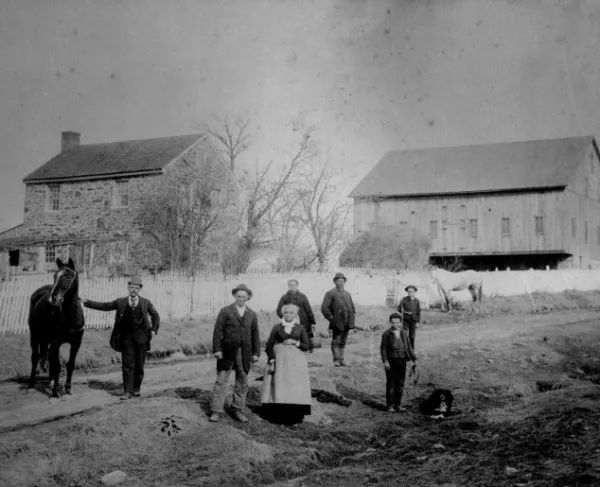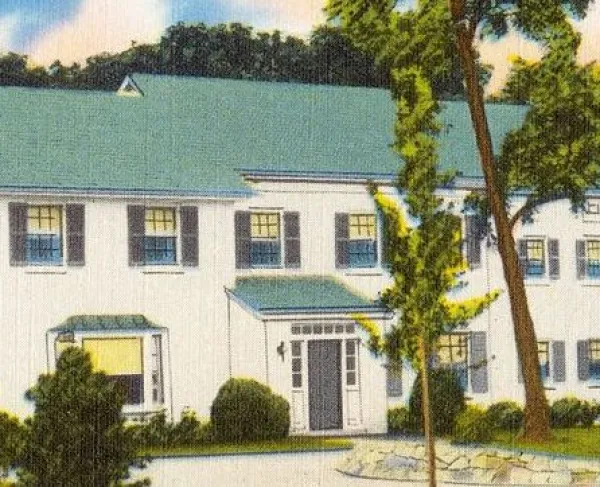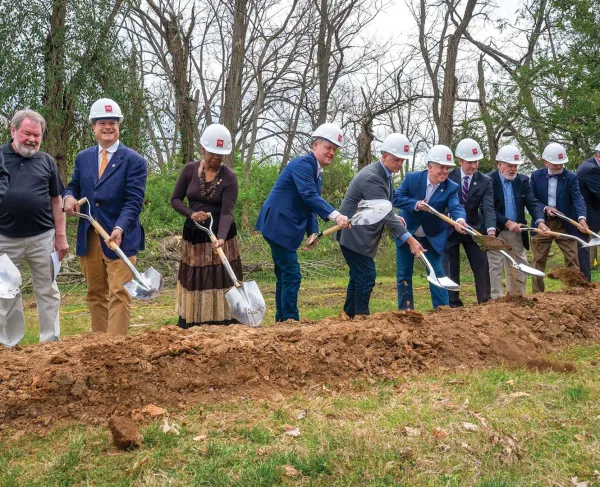Preservation of Civil War Battlefields Lesson Plan
Richard Sprecher and Gail Fribush (Julius West Middle School)
Grades: 7-12
Length of Time: 2-3 days
Goals:
Students will learn the importance of battlefield preservation and the advocacy of preserving endangered battlefields.
Objectives:
1. Students will learn and appreciate the sacrifices made by those who fought in the Battle of Gettysburg.
2. Students will participate in a virtual tour to experience the significance and role of each battle site, understand and discuss the importance of preservation, and that our history disappears when battlefields are developed.
3. Students will draw a map of Gettysburg in order to see the topography of each battle site.
Materials Used:
• 8 display boards, tag-boards, or poster boards
• Markers
• Access to the internet (at least for the teacher, if not the whole class)
Anticipatory Set/Hook:
Using your U.S. history textbook as a resource, provide the students with an overview of the major events that occurred at the Battle of Gettysburg. Students can also read the information for themselves if the teacher wishes. It is up to the teacher’s discretion about whether to include graphic eyewitness accounts of the pain and suffering endured by the soldiers during the battle. Students can also visit the Gettysburg National Military Park Virtual Tour website and go to the Voices of Battle section to read personal accounts from the battle.
Discussion Questions:
- What were the casualties like at the Battle of Gettysburg?
- What do you think the word hallowed ground means?
- What is the connection between an area designated as hallow ground and the men who died in battle in that area?
- Why would preserving a battlefield like Gettysburg be a tribute to those who died there?
- Why is the Battle of Gettysburg such an important battle?
- How might history have been different if the South had won at Gettysburg?
Procedure:
Part I:
Preparing for a Virtual Tour of the Battle of Gettysburg
Divide the class into groups of four and give each group one of the following important landmarks at the Battle of Gettysburg to research:
- Culp’s Hill
- Cemetery Ridge
- Cemetery Hill
- Little Round Top
- The Soldier’s National Monument/Site of Gettysburg Address
- Devil’s den
- The Field of Pickett’s Charge
- The High Water Mark of the Confederacy
Tell students they will be part of a virtual tour of the Battle of Gettysburg and that they will be responsible for making a presentation to the other students about the historical significance and role that their landmark played in the Battle of Gettysburg. Students will receive an exhibit board for them to display pictures of their assigned landmark on along with information about the topography, strategic importance and historic significance of each site. Their exhibit should also include maps of their site’s location in relation to the other sites on the tour.
Have students log onto the Gettysburg National Military Park Virtual Tour Website. If students do not have access to a computer, the teacher can download the necessary information on a hard copy to distribute to the students.
Activity- Virtual Tour:
Begin the Virtual Tour by moving the desks in the classroom to the side and creating a large empty space in the middle of the room. Arrange the display boards for each of the battlefield sites so they correspond to their positions on the actual battlefield. Assign one pair of students at each exhibit board to be the presenters for Tour A, and the other pair to present for Tour B. The students will take notes on their virtual tour worksheet as they visit each station. The students going to each of the sites should also sketch a map of the sites designating each one’s location on the battlefield. Allow approximately two to three minutes for the presentations at each site. Each pair of students presenting during Tour A will need to do it seven times.
Before the second tour takes place, however, ask the students who have just presented to leave the classroom. Once the students have left, ask the remaining students (those presenting for Tour B), to help you to remove all the exhibit boards from the floor. Put all the desks that had been set aside to make room for the battlefield sites back. Each desk now represents a large house or commercial piece of real estate. Tell the students that the original battle sites, which had been represented by their exhibits, have been destroyed and have been replaced by the desks, which represent housing developments and commercial real estate ventures. You are now ready for Tour B to begin. Tell the students who are taking the tour that they are to take notes on the significance of each site and draw maps of where the sites are located on the battlefield, just as the first group did. Once Tour B is complete, compare and contrast the notes and maps taken by the students of Tour A to those taken on Tour B.
Part II: Researching Endangered Battlefields and Advocating in the Community for their Preservation
Have students complete research to learn the importance of preservation. After they have done the necessary research on one of these battlefields they will be going into the community and become an advocate for helping to preserve them.
Step 1: Investigation
Have students visit the Civil War Preservation Trust website and go to the endangered battlefield section. There they will find a list of background information and the battlefields that are currently in danger. Students can use the graphic organizer to record information found during their research.
Step 2: Creating Your Presentation
Students will need to develop a creative product, which will help them to convey the important information they learned to people in their community.
Step 3: Advocating in the Community
When the student’s presentation and creative product is completed, the student is ready to present it to at least 3 people in the community. Make sure the students present to people that they know such as members of their family or neighbors and friends. Students should also include information about how the listener can help get involved in helping to preserve the endangered battlefield if they want to help. After the students have made their presentation, their listeners judge the effectiveness of the presentation and the creative product by completing the feedback sheet
Closing:
How do you feel about preserving Civil War battlefields, now that you have done researched and experienced your own exhibits taken over by development?
Assessment:
Using the feedback sheet filled out by their listeners, students evaluate their performance and reflect on how successful they were in achieving their goals. Teachers can grade the student’s project as well. All sheets are provided.
Modification:
1. Have students read (with emotion) or act out the eyewitness accounts.
2. Have students first discuss “discussion questions” in groups, before discussing as a class.
3. Pair students to research and present information on their endangered battlefield.
4. Have students present endangered battlefield projects to teachers and school staff.
5. Advocating to save battlefields can be counted as community service hours for students.
We're on the verge of a moment that will define the future of battlefield preservation. With your help, we can save over 1,000 acres of critical Civil...





